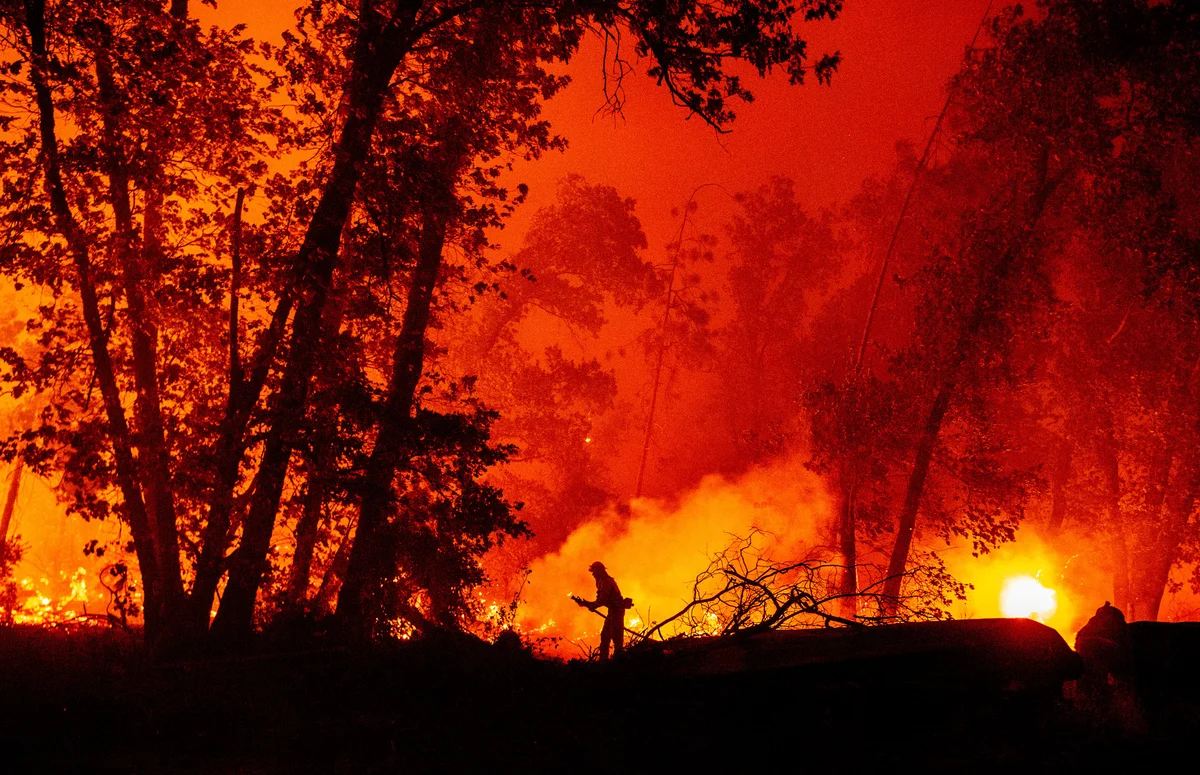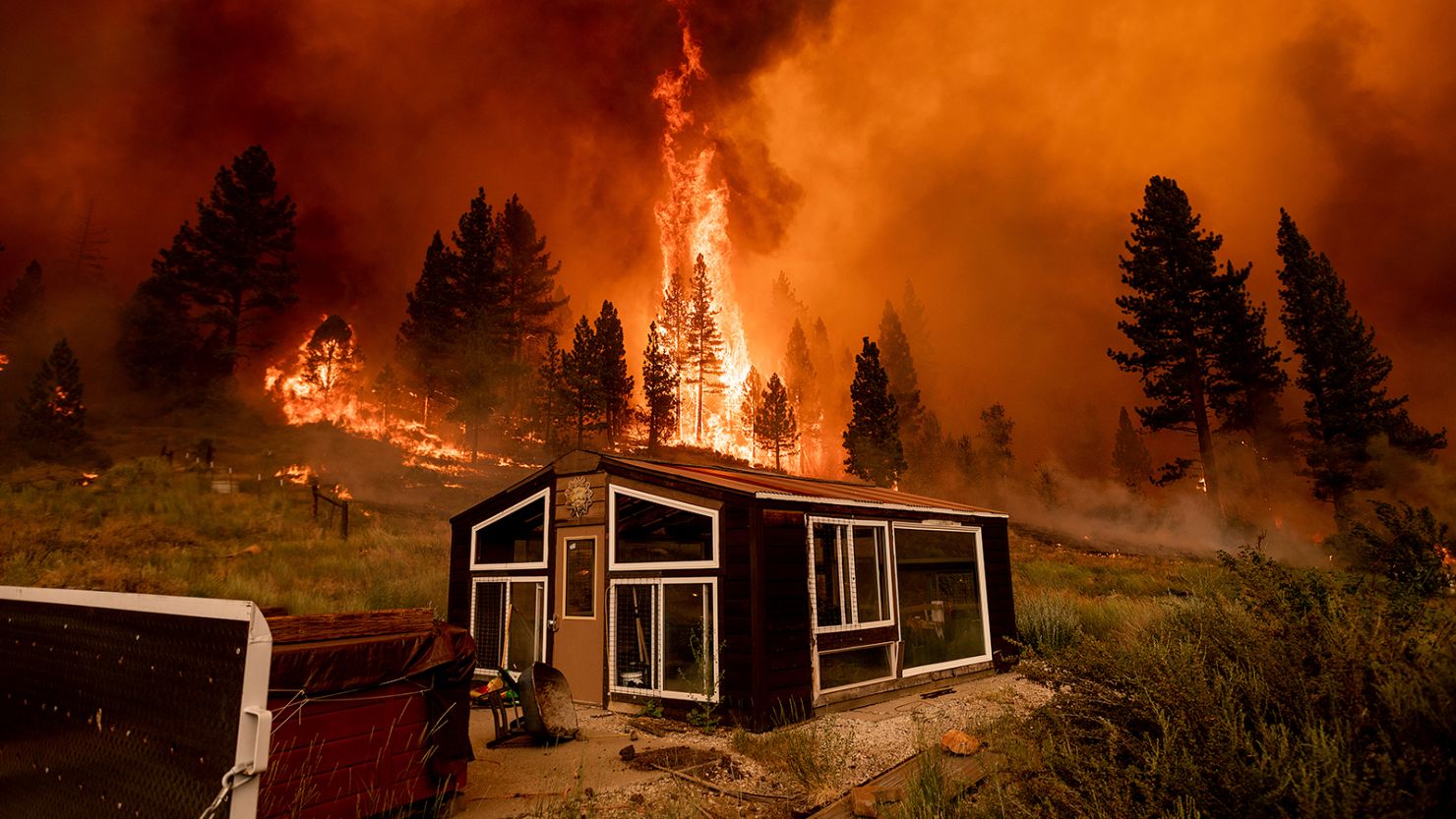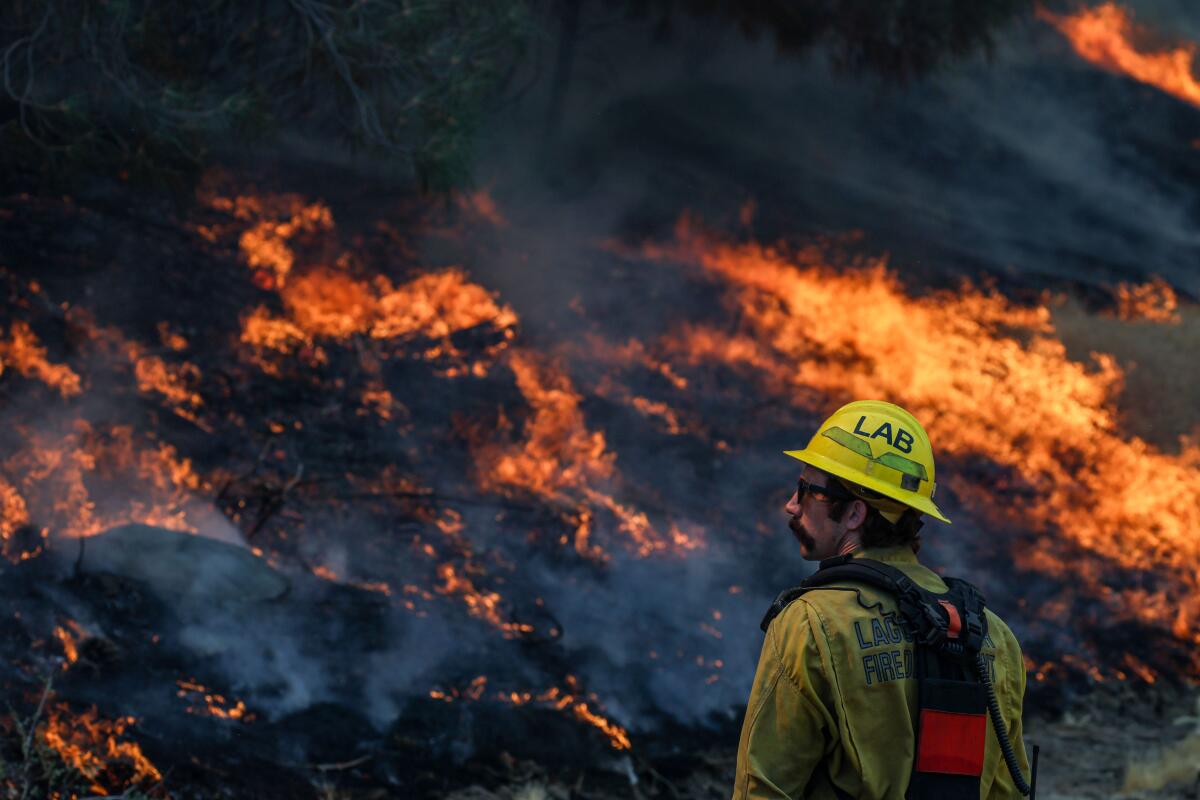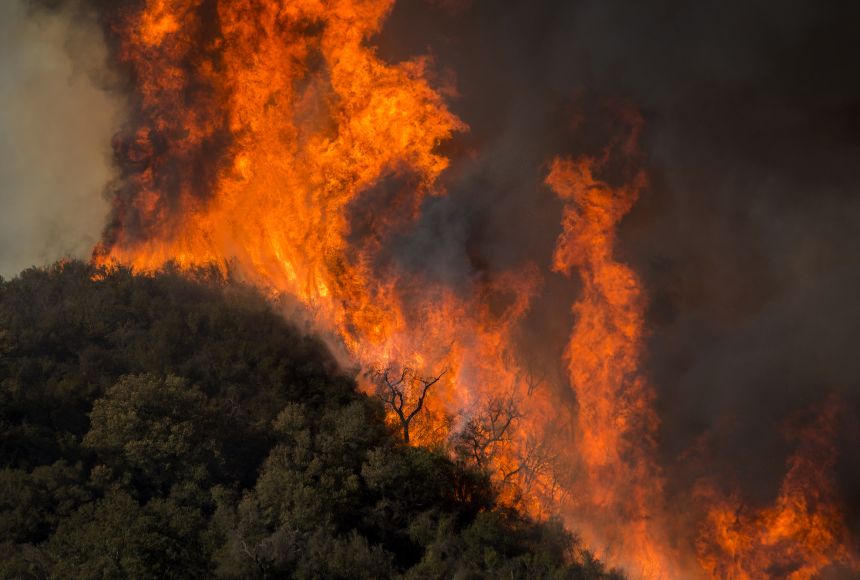Wildfires In recent years, the world has witnessed an alarming increase in the frequency and intensity of wildfires, driven in part by climate change and human activity. Among the many affected regions, Maui, a Hawaiian island known for its breathtaking landscapes and vibrant culture, has faced one of the most devastating wildfires in its history. The Maui wildfires, which began in August 2024, have left an indelible mark on the island, impacting the environment, economy, and communities in profound ways.
The Outbreak and Spread of the Wildfires

The wildfires in Maui ignited during the first week of August 2024, fueled by a combination of dry conditions, strong winds, and high temperatures. The initial spark, believed to have been caused by human activity, quickly spread across the island’s dry vegetation. The fires rapidly consumed vast areas of land, including residential neighborhoods, agricultural fields, and native forests.
The spread of the wildfires was exacerbated by the powerful trade winds that are typical of the region during this time of year. These winds, which can reach speeds of up to 60 miles per hour, fanned the flames and carried embers over long distances, igniting new fires in various locations. Despite the efforts of firefighters and emergency response teams, the wildfires continued to spread uncontrollably, causing widespread destruction.
Environmental Impact
The environmental toll of the Maui wildfires has been catastrophic. The fires have burned thousands of acres of land, including significant portions of Maui’s native forests. These forests are home to a diverse range of plant and animal species, many of which are endemic to the Hawaiian Islands and found nowhere else on Earth. The loss of habitat and the destruction of vegetation have put these species at risk, with long-term consequences for the island’s biodiversity.
In addition to the immediate loss of vegetation, the wildfires have also had a severe impact on the island’s soil and water resources. The intense heat from the fires has baked the soil, reducing its ability to absorb water and increasing the risk of erosion and landslides. As a result, the island’s watershed, which is crucial for maintaining freshwater supplies, has been compromised. This could lead to water shortages in the coming months, affecting both agriculture and the local population.
The fires have also released large amounts of carbon dioxide and other greenhouse gases into the atmosphere, contributing to climate change. The destruction of trees and other vegetation, which act as carbon sinks, has further exacerbated this issue. The long-term environmental impact of the Maui wildfires will likely be felt for years to come, as the island’s ecosystem struggles to recover.
Human and Economic Impact

The human toll of the wildfires has been devastating. Thousands of residents have been displaced from their homes, with many losing everything they owned. The fires have destroyed entire communities, leaving behind a landscape of charred remains and ash. The emotional and psychological impact on those affected is profound, with many facing the daunting task of rebuilding their lives from scratch.
The economic impact of the wildfires is also significant. Maui’s economy relies heavily on tourism, agriculture, and real estate, all of which have been severely affected by the fires. The destruction of homes and businesses has led to a sharp decline in property values, while the damage to agricultural fields has disrupted the island’s food supply and export market. The tourism industry, which is a major source of income for the island, has also been hit hard, as visitors cancel their trips in response to the disaster.
The cost of fighting the fires and providing aid to those affected has placed a significant strain on local and state resources. Emergency response teams, including firefighters, police, and medical personnel, have been working around the clock to contain the fires and assist those in need. However, the scale of the disaster has overwhelmed local capacities, leading to calls for federal assistance.
Response and Recovery Efforts
In the face of this unprecedented disaster, response and recovery efforts have been swift but challenging. Local authorities, in collaboration with state and federal agencies, have mobilized resources to combat the wildfires and provide support to affected communities. Firefighters from across Hawaii, as well as from the mainland United States, have been deployed to assist in controlling the flames.
Evacuation centers have been set up to provide shelter, food, and medical care to those displaced by the fires. These centers are also offering psychological support to help residents cope with the trauma of losing their homes and livelihoods. Non-profit organizations and community groups have played a crucial role in providing relief to those in need, with volunteers working tirelessly to distribute supplies and offer assistance.
The recovery process is expected to be long and arduous. Rebuilding homes and infrastructure will require significant investment, both from the government and private sector. There is also a need for long-term planning to ensure that the island is better prepared for future wildfires. This includes the implementation of stricter building codes, improved land management practices, and the restoration of native vegetation to reduce the risk of fires.
The Role of Climate Change

The Maui wildfires are a stark reminder of the growing threat posed by climate change. Rising temperatures and changing weather patterns have made many regions, including Hawaii, more susceptible to wildfires. The increasing frequency and intensity of these fires are a direct consequence of global warming, driven by the continued emission of greenhouse gases.
Scientists have warned that unless significant action is taken to address climate change, the world will continue to experience more frequent and severe wildfires. This will have devastating consequences for both the environment and human societies, as ecosystems are destroyed, and communities are displaced.
In response to the Maui wildfires, there has been renewed urgency in calls for climate action. Environmental activists and policymakers are urging governments to take more aggressive steps to reduce carbon emissions and transition to renewable energy sources. There is also a growing recognition of the need to invest in climate adaptation measures, such as forest management and fire prevention strategies, to mitigate the impact of future wildfires.
Conclusion
The Maui wildfires of 2024 will be remembered as one of the most devastating natural disasters gengtoto in the island’s history. The fires have caused widespread destruction, displacing thousands of residents, and leaving a lasting impact on the environment and economy. As the island begins the long process of recovery, there is an urgent need to address the underlying causes of this disaster, including the role of climate change.
The lessons learned from the Maui wildfires must be used to inform future disaster preparedness and response efforts, not only in Hawaii but around the world. By taking proactive steps to reduce the risk of wildfires and addressing the root causes of climate change, we can help protect our communities and preserve the natural beauty of our planet for future generations.
Read More Article About “Lautan Pasir Bromo: Keajaiban Alam yang Mempesona“
